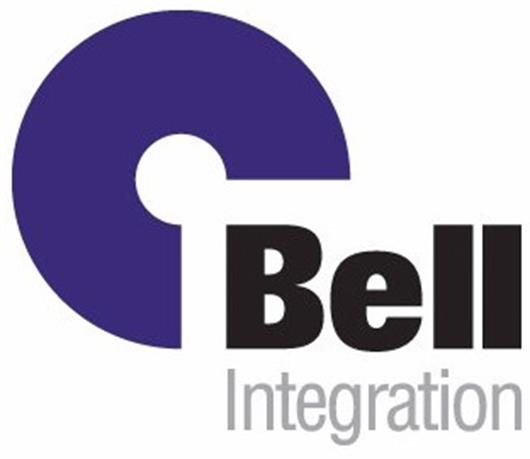 Add My Company
Add My Company
Sign In

CEO Digital magazine features a guest blog from Bell’s Eugene O’Sullivan on why the transition to the cloud requires a holistic approach
According to Gartner, more than half of data migration projects in 2019 will go over budget and result in business disruption due to flawed execution. Levels of disruption from using traditional project planning methods are so high it’s putting companies off making the transition and reaping the benefits of cloud-based computing.
The key to implementing and maintaining the right cloud computing solution for your business lies in taking a holistic approach. Your hosting platform, migration method and ongoing operations need to be considered together to avoid costly mistakes and risk business performance.
A holistic approach to success
1. Discover and assess your current applications and infrastructure
The right service models for each application – From IaaS to SaaS, consider how you want each application to be consumed and the level of transformation required. There are pros and cons to each model in terms of cost, flexibility, agility and capital expenditure with SaaS usually requiring more transformation than IaaS.
Portability vs Customisation – Generally you’ll find public cloud IaaS services are most portable, giving you the freedom to move between providers. However they don’t offer the customisation and control of a private cloud service.
2. Select the right cloud hosting model based on your technical and business needs
Evaluating user needs – It’s easy to get fundamental things wrong when entering a hosting agreement, such as how much agility is required to add new or expand current services. Flexibility is expensive so ensure you’re getting the right level for your business. Choose a service with too little flexibility and it could constrain your business; choose too much and you’re paying for something you won’t use.
Matching the service to your needs – Cloud service providers offer a seemingly limitless choice of configuration options and availability guarantees with significant price differences. Match the SLA to your current and future needs to avoid overprovisioning and overpricing.
What’s critical and what can wait? – Achieving the right balance between spot and reserved instances will maximise your cost efficiencies. Spot instances are significantly cheaper than reserved but can go down at very short notice and therefore need constant management. This makes them suitable for non-critical functions but not for critical applications unless tightly managed as they require the reliability of the higher priced reserved instances.
Maintaining regulatory and legislative requirements – Critical business data needs to be kept in a protective environment where it can be easily accessed and maintained to adhere to regulatory and legislative requirements. These could be explicit requirements, such as the SRA for law firms but also intrinsic, such as GDPR.
3. Implement the right migration model for each application
A smooth migration is critical – It’s the number 1 concern for businesses considering moving their applications to the cloud. If it goes wrong, then any benefits to be gained will be outweighed by the risk and disruption. Reduce this risk by choosing the right business partner to manage your migration. A successful migration and transition of services requires understanding your current environment, adopting the right migration methods and above all, using a robust platform to manage all the migration information, scheduling and governance.
4. A managed service to operate your business in a cloud-optimised way
Managing your migration and ongoing operations – While cloud computing addresses agility, reduced costs and availability, organisations still need to operate service management principles such as provisioning, capacity planning, incident management and proactive monitoring.
Outsource your cloud-based operations – Gartner research shows that while cloud adoption is on the increase, cloud providers aren’t interested in running your applications. They also highlight a skills gap saying “Most IT organisations do not have the necessary expertise to manage integrated IaaS and PaaS offerings.”
Outsourcing the management of your operations to cloud computing specialists allows you to maintain control without the burden of re-skilling, training and hiring. If you’re outsourcing your IT services to the cloud, why wouldn’t you outsource the operations?
Summary:
For more information on The transition to cloud-based computing requires a holistic approach talk to Bell Integration
Enquire Now
List your company on FindTheNeedle.
